You can lock practically any app on your iPhone or iPad behind biometric or passcode protection. And we're not talking about using any funky workarounds. There's now an official Apple way to protect sensitive apps and their data. It even safeguards your personal information, keeping it out of sight across the system. You can even hide apps, making it harder for others to know they're there.
Almost any iPhone or iPad app can be locked behind Face ID, Touch ID, or your passcode, and some of these lockable apps can also be hidden. To use this security feature, your iPhone or iPad needs to be running at least iOS 18 or iPadOS 18, respectively.
Jump to a section
How to lock apps
Find the app you want to lock on your Home Screen, App Library, or Spotlight Search, then touch and hold its icon to bring up the quick actions menu. Select Require Face ID, Require Touch ID, or Require Passcode, and then tap it again on the confirmation prompt.
If using Face ID, your iPhone or iPad will scan your face to confirm. If using Touch ID, touch the Touch ID sensor to confirm. If using a passcode, enter your passcode to confirm. Afterward, the app is now locked.
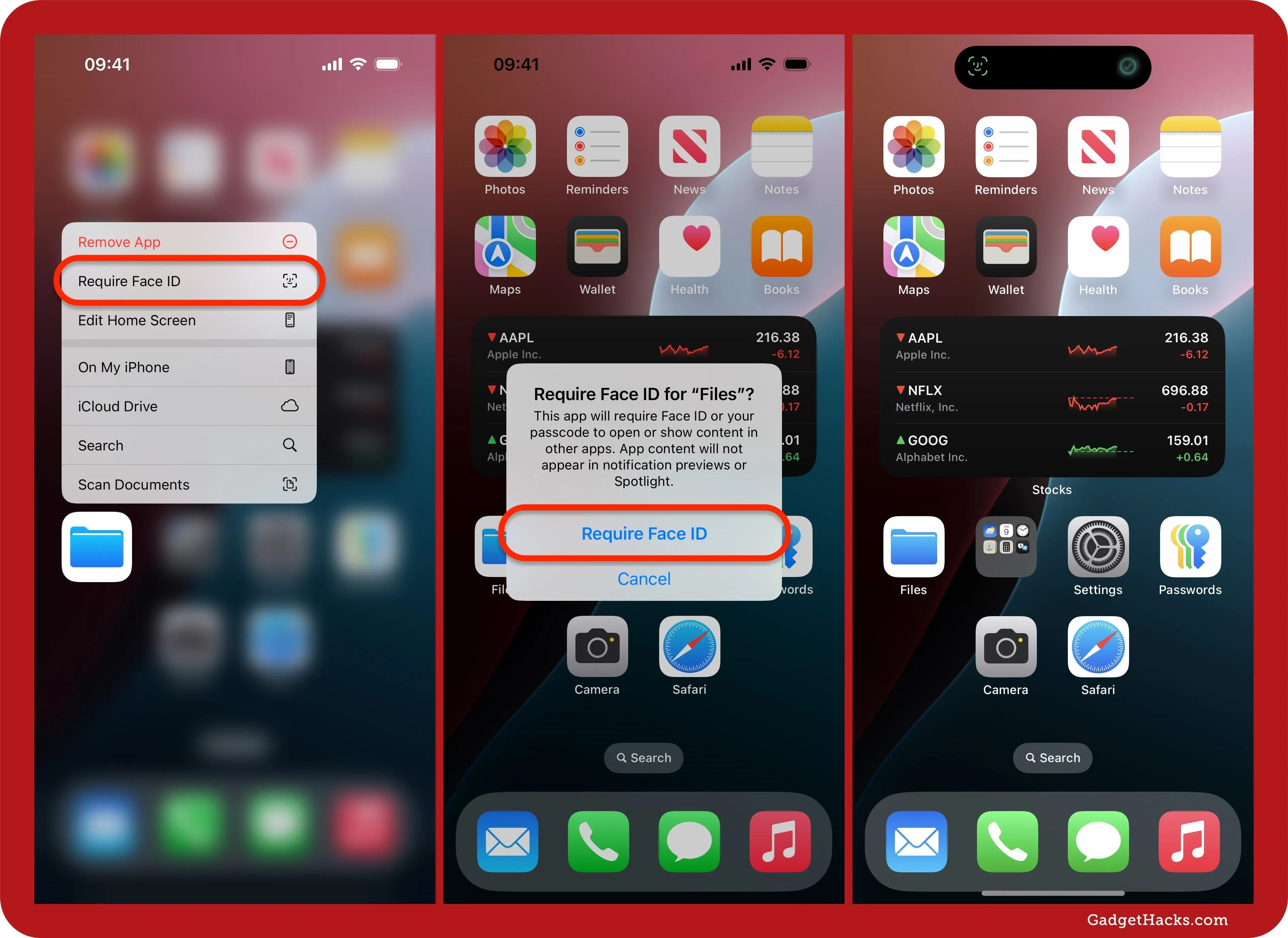
Some apps, such as Calendar, Music, and Photos, will open a sheet with further information. It explains that other apps with access to them may still show content from them without any authentication. If you disagree, tap the Ⓧ to cancel. Otherwise, hit the Done button to proceed with locking the app.
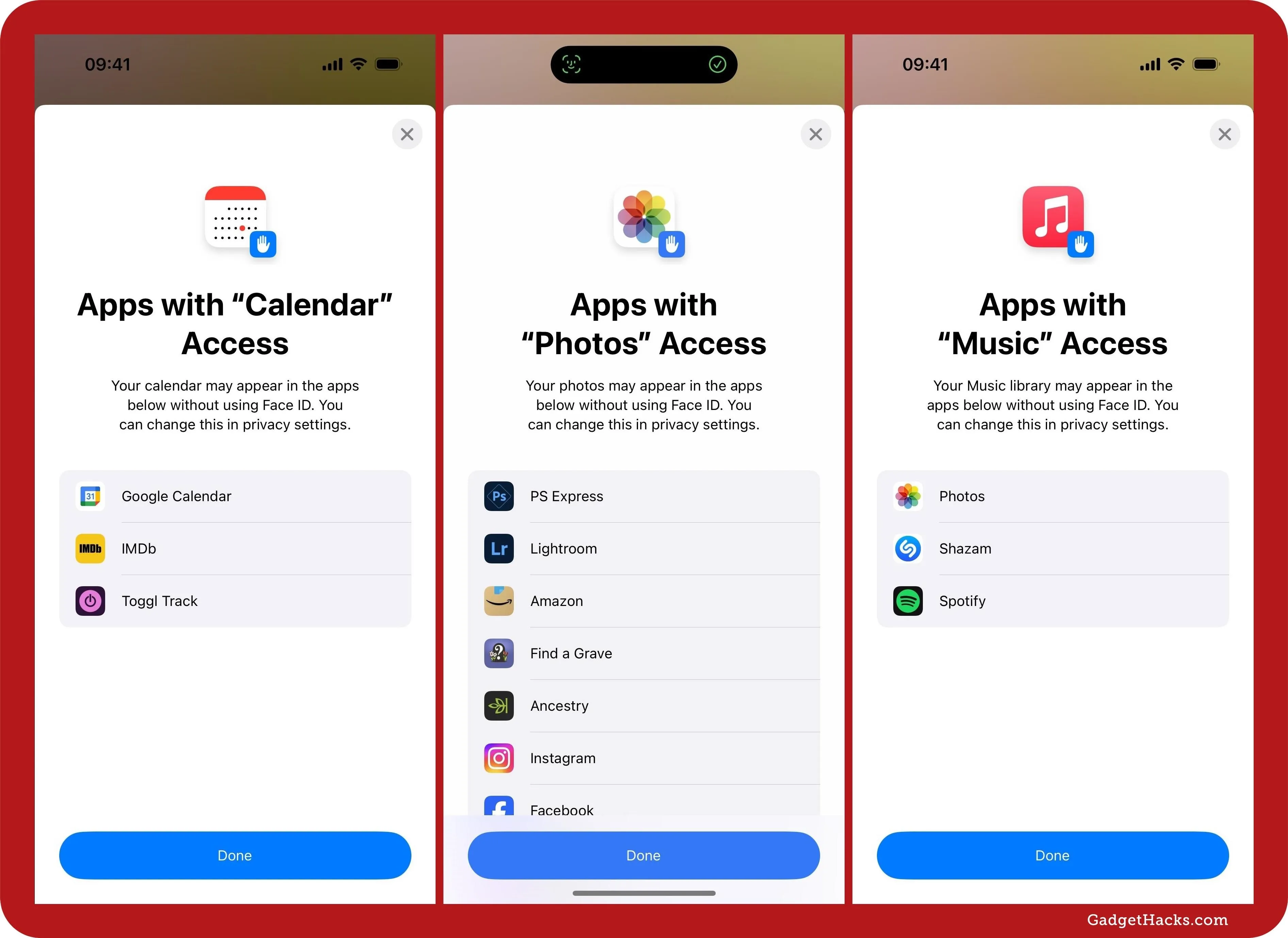
Locked apps FAQ
Information from the app will not appear in other places across iOS or iPadOS. That way, others don't inadvertently see sensitive information. These places include but are not limited to notification previews, search, Siri suggestions, CarPlay, and your call history.
An app's locked status does not sync with iCloud, so when you lock an app on one device, it won't be locked on another unless you manually lock it on that device, too.
Children under 13 in a Family Sharing group can't lock their apps. Anyone aged 13 to 17 in a Family Sharing group can lock an app.
Some apps can't be locked. See the sections below on "Apps you can lock and hide," "Apps you can lock but not hide," and "Apps you can't lock or hide."
How to open locked apps
Tap the locked app's icon on your Home Screen, App Library, or Spotlight Search, or ask Siri to open the app. Your device will then scan your face right away if using Face ID or require you to touch the Touch ID sensor or enter your passcode. If Face ID or Touch ID fails, you can try again or enter your passcode to open the app.

You may also need to use biometrics or your passcode to unlock the app inside of other apps. For example, if you lock the Files app and want to attach a file to a note in the Notes app, you'll have to authenticate yourself before the file picker opens.

Face ID, Touch ID, and Passcode unlocking all still work with Stolen Device Protection enabled.
How to hide apps
Find the app you want to hide on your Home Screen, App Library, or Spotlight Search, then touch and hold its icon to bring up the quick actions menu. Select Require Face ID, Require Touch ID, or Require Passcode, just like when locking apps, but this time, tap Hide and Require Face ID, Hide and Require Touch ID, or Hide and Require Passcode on the confirmation prompt.
If using Face ID, your iPhone or iPad will scan your face to confirm. If using Touch ID, touch the Touch ID sensor to confirm. If using a passcode, enter your passcode to confirm. If an information card appears, tap Hide App to confirm. Afterward, the app is now both locked and hidden.

Hidden apps FAQ
Like locked-only apps, information from the app will not appear in other places across iOS or iPadOS. That way, others don't inadvertently see sensitive information. These places include but are not limited to notification previews, search, Siri suggestions, CarPlay, and your call history.
Icons for hidden apps are no longer visible on your Home Screen, App Library, Spotlight Search, and Siri.
A hidden app's name is still visible in Screen Time, Battery information (Battery Usage by App, Activity by App), your App Store purchase history, and a few other locations.
You can still adjust a hidden app's preferences via Settings » Apps » Hidden Apps. You need to authenticate yourself first before any hidden apps in the menu are shown.
An app's hidden status does not sync with iCloud, so when you lock and hide an app on one device, it won't be locked and hidden on another unless you manually lock and hide it on that device, too.
Children under 13 in a Family Sharing group can't lock and hide their apps. Anyone aged 13 to 17 in a Family Sharing group can lock and hide an app. However, a parent or guardian in the group can see the app as downloaded, view how much time the teen used it, and restrict access to it using Screen Time.
Some apps can't be locked and hidden. See the sections below on "Apps you can lock and hide," "Apps you can lock but not hide," and "Apps you can't lock or hide."
How to open hidden apps
To find and access your hidden apps, open App Library and scroll down to the Hidden category. Tap it, then authenticate yourself with Face ID, Touch ID, or your passcode, and all the apps in the collection will be visible. You can tap a big icon in the collection to authenticate yourself and open the app or the smaller icons to open the folder to see all hidden apps.

You can also adjust a hidden app's preferences via Settings » Apps » Hidden Apps. You need to authenticate yourself first before any hidden apps in the menu are shown. However, you cannot open the apps from this menu.
How to unlock or unhide apps
The process for unlocking and unhiding apps on your iPhone or iPad is the same. To unlock a locked-only app, touch and hold its icon from your Home Screen, App Library, or Spotlight Search. To unlock and reveal a hidden app, do it from the Hidden collection in the App Library. Then, select Don't Require Face ID, Don't Require Touch ID, or Don't Require Passcode. Authenticate yourself, and the app is now unlocked and/or unhidden.
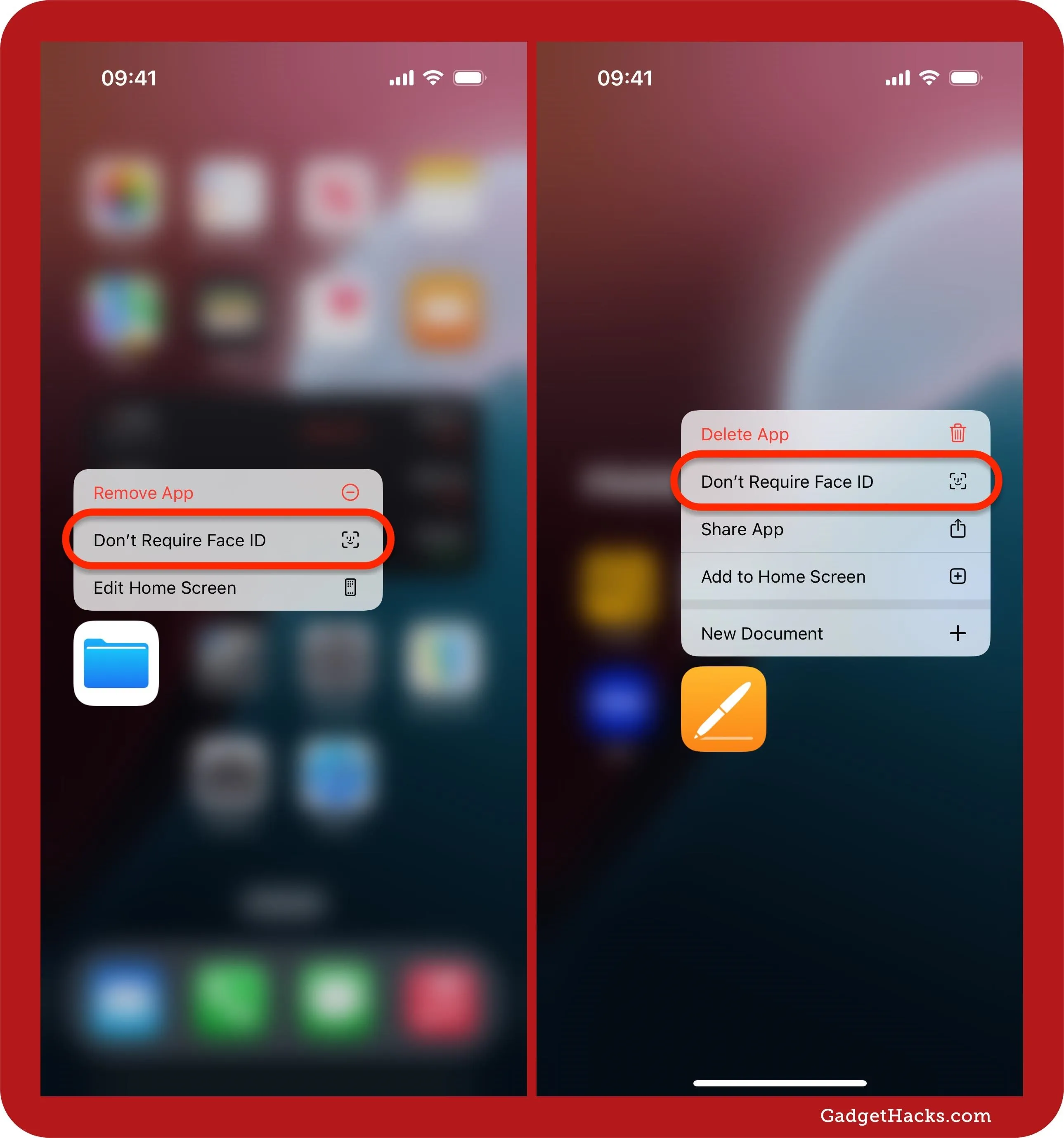
Apps you can lock and hide
By default, you can both lock and hide apps installed from the App Store. This includes any third-party app, no matter the topic. For example, you can lock and hide Amazon, Facebook, LastPass, Netflix, Slack, Words with Friends, or any other app you installed.
Any third-party app
You can also lock and hide Apple apps that weren't preinstalled, such as:
Apple Store
Apple Music Classical
Clips
Configurator
Developer
GarageBand
iMovie
Keynote
Numbers
Pages
Shazam
Sports
Apps you can lock but not hide
For some reason, Apple has restricted most of its preinstalled apps from being hidden but still allows them to be locked. For example, Books, Camera, Files, Image Playground, Journal, Passwords, Photos, Reminders, and Wallet can all be locked but not hidden.
Most preinstalled Apple apps
Any app set as your default:
Web browser
Mail client
Messaging app
Calling app
Translation app
Contactless app
Maps app (EU only)
Apps downloaded from third-party app marketplaces (EU only)
Surprisingly, this includes apps normally hidden from the Home Screen and App Library. To lock these semi-hidden apps, find them in Spotlight Search:
Apps you can't lock or hide
Some of Apple's preinstalled apps are both unlockable and unhideable. This may change in future updates, but for now, they include:
Calculator
Camera
Clock
Contacts
Find My
Magnifier
Maps
Settings
Shortcuts
Watch
Other things that can't be locked or hidden include:
App clips
Bookmarks from browsers
Bookmarks from Shortcuts
Folders
Widgets
How locking and hiding apps worked before
On iOS 17 and iPadOS 17 and earlier, you couldn't really hide apps beyond making them disappear off your Home Screen, but you could lock apps behind your Lock Screen using a custom automation. You also had other options, such as locking specific content in the Photos and Notes apps or using the built-in biometric or password protection some apps like Messenger, Outlook, and WhatsApp offer.
Don't Miss: Top 5 E‑Readers That Make Reading Feel Like Magic in 2025
Cover photo and screenshots by Gadget Hacks.






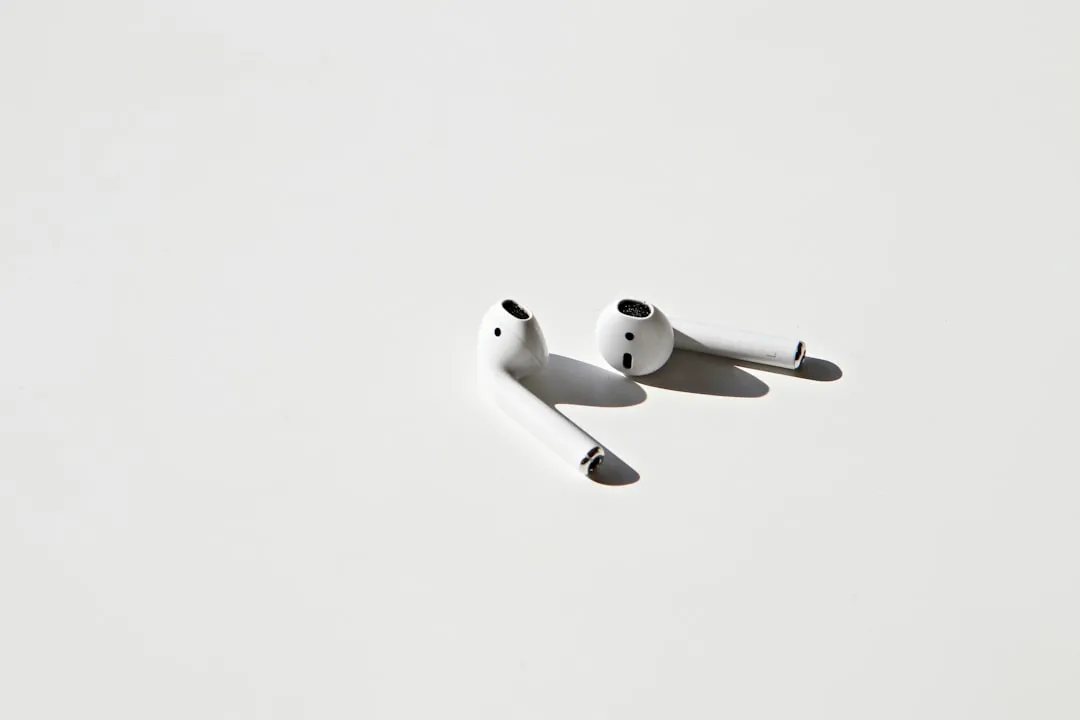
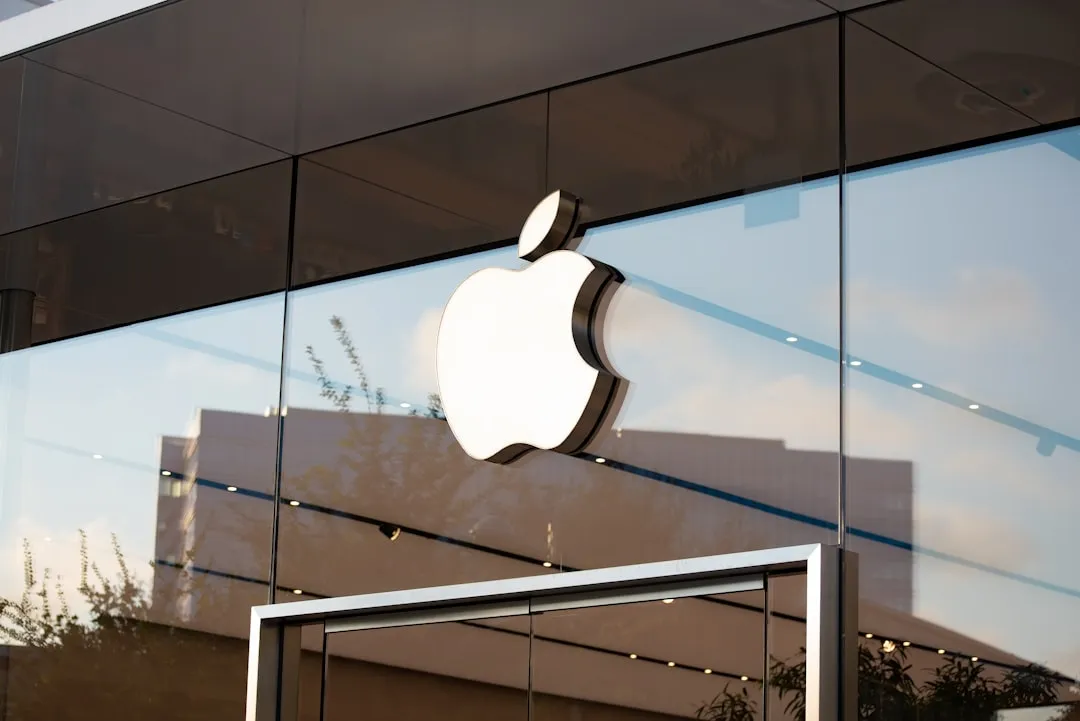





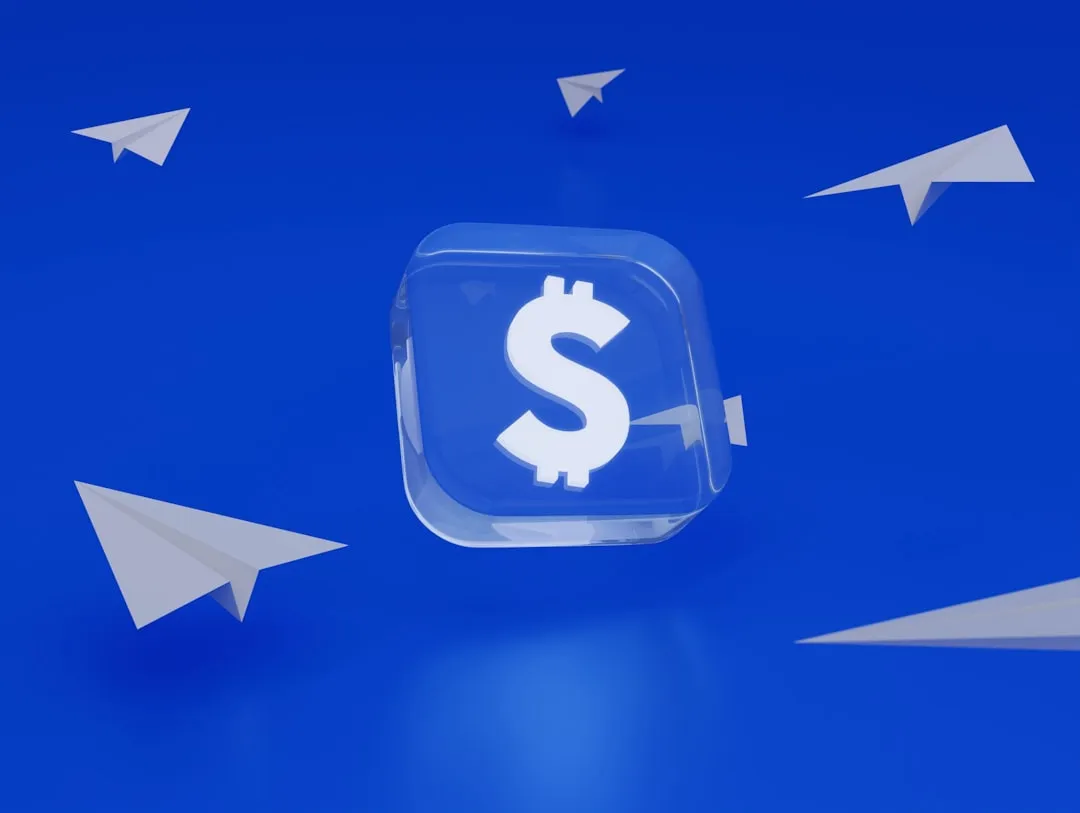
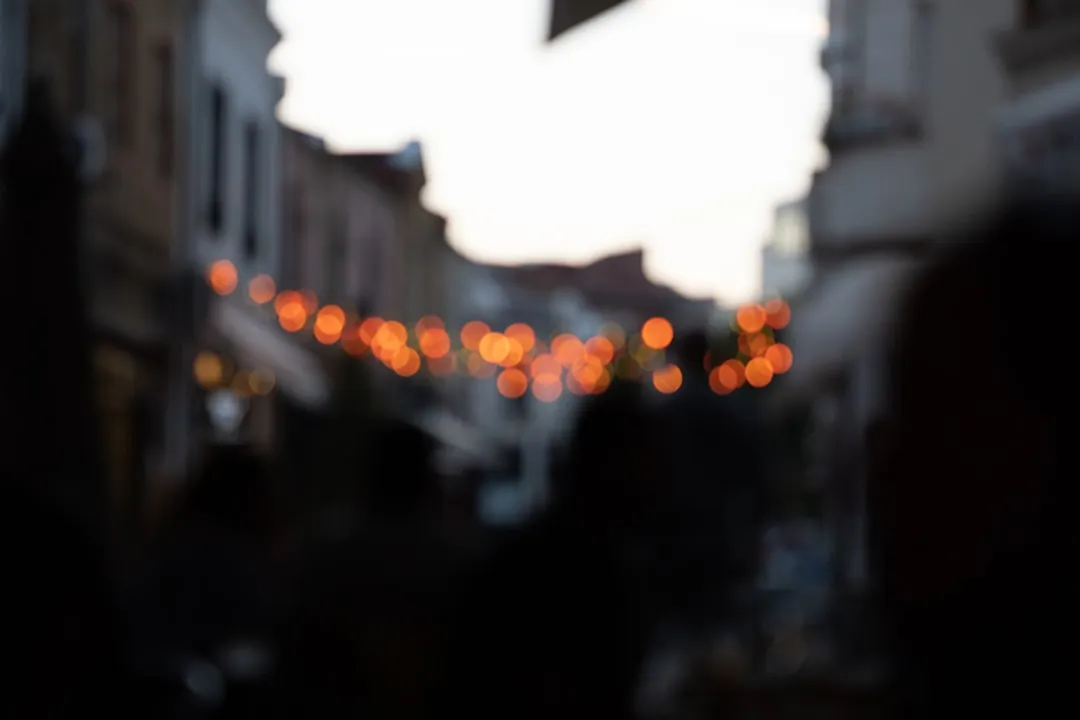
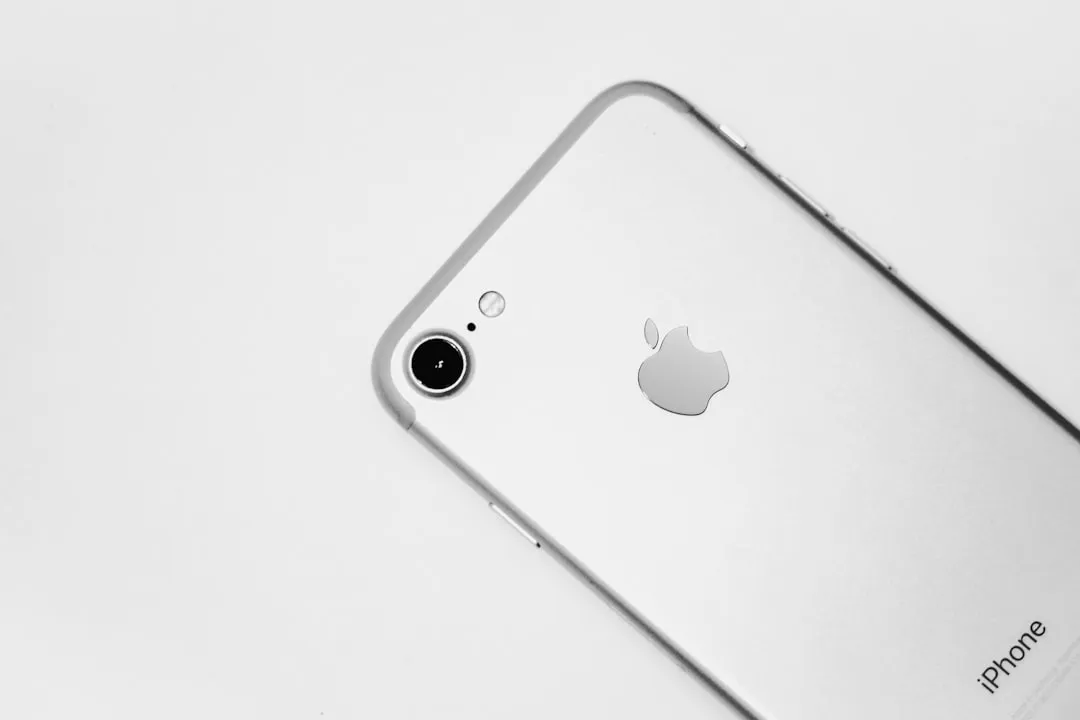
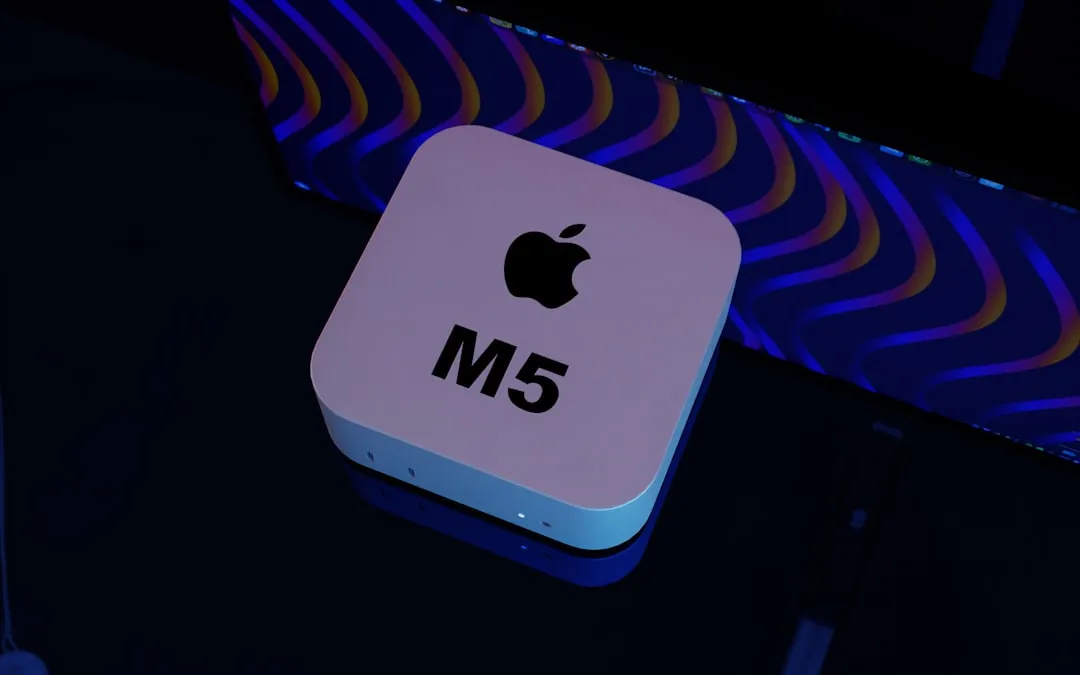

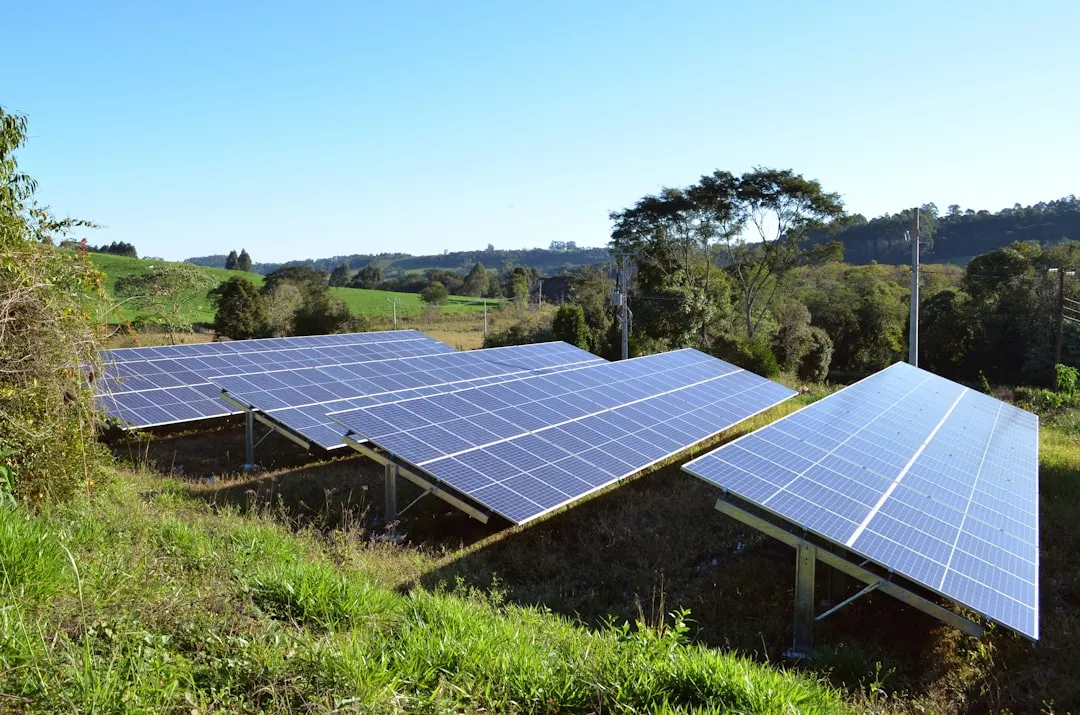
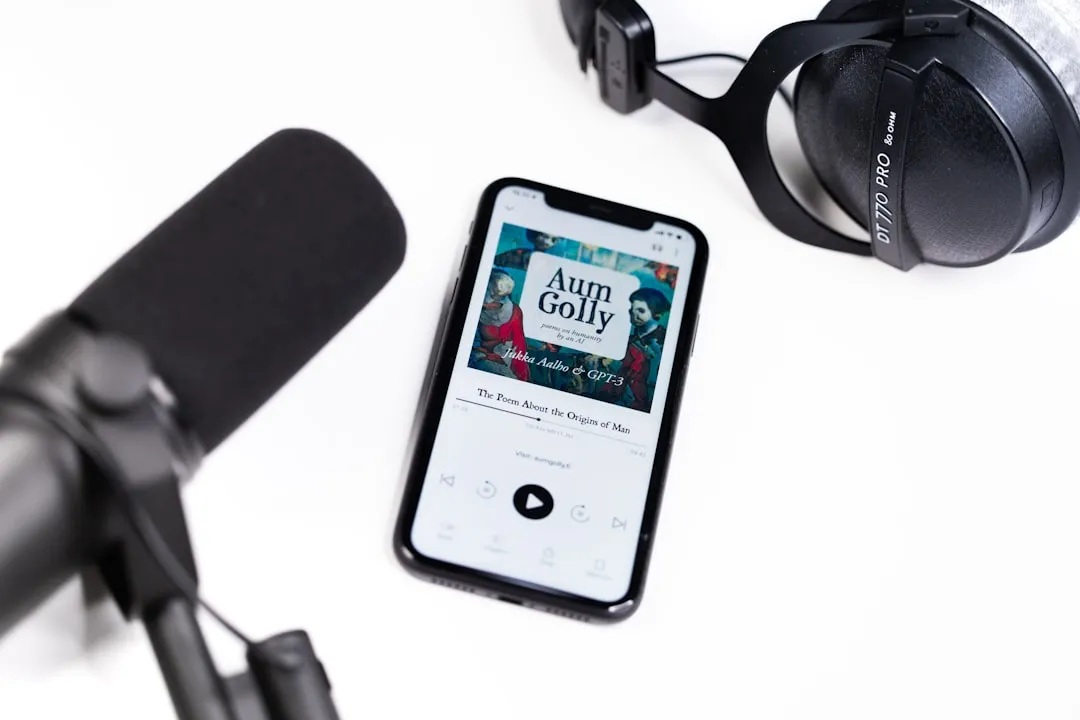




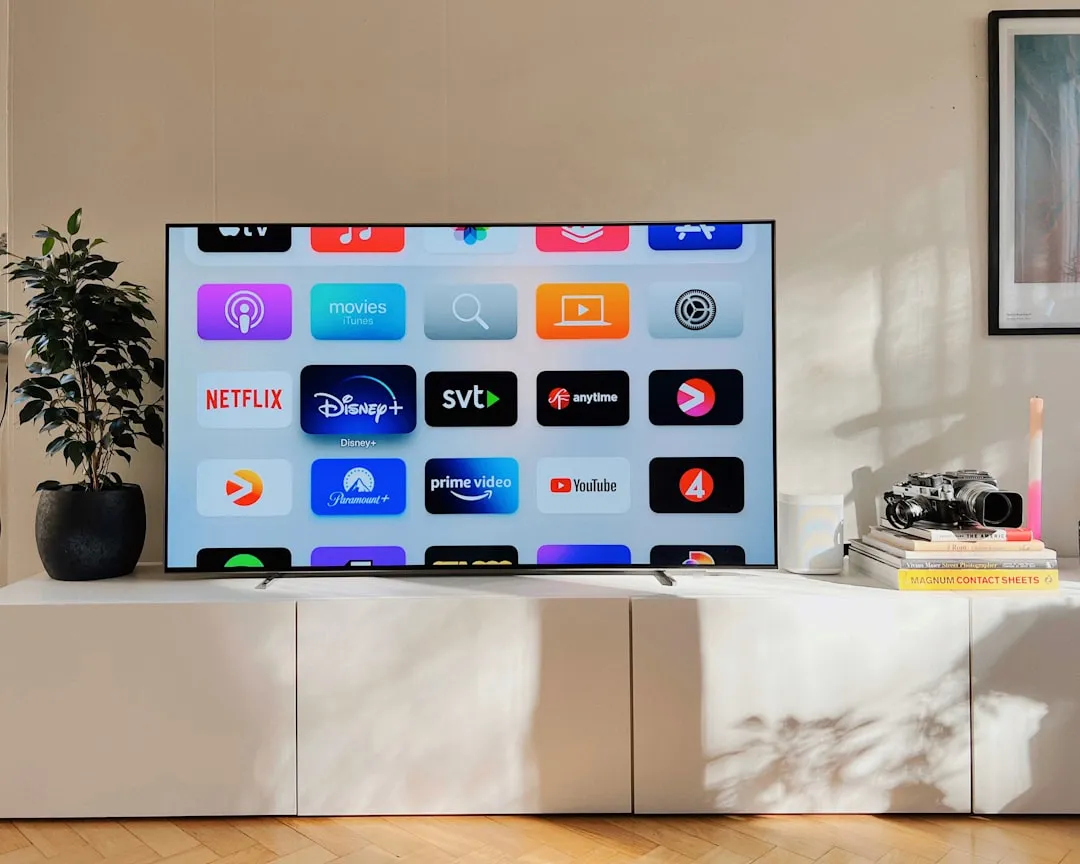
Comments
Be the first, drop a comment!